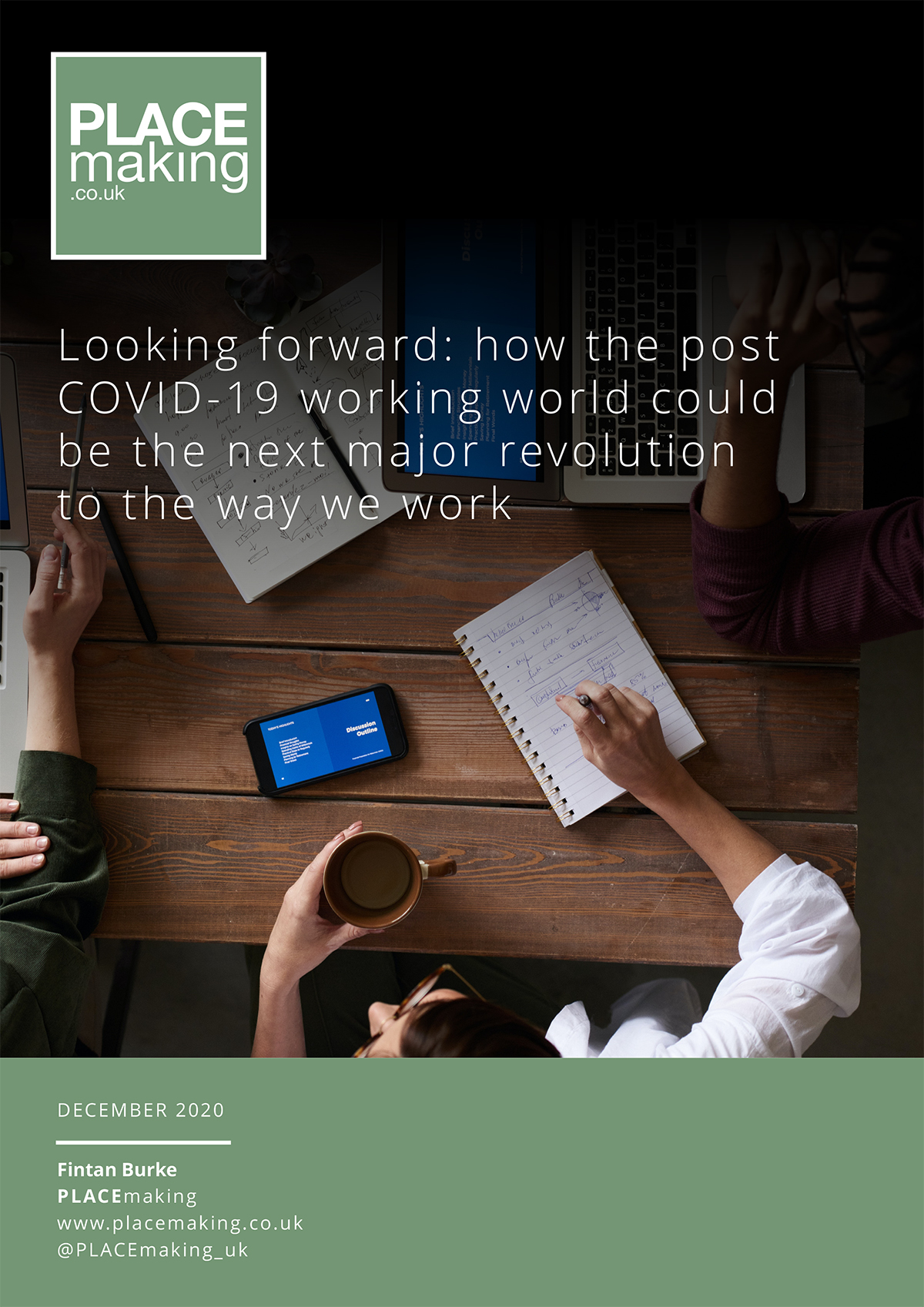Here, Fintan Burke at PLACEmaking discusses what the post-COVID working world could look like and how this imminent future is fused with mental health
When it comes to what the workplace could become, in the wake of a remote working revolution brought to businesses by sheer force of infection, PLACEmaking have tangible answers.
Did you know that in 1817, philanthropist Robert Owen established the ‘8 hour movement’, in which he proposed changing the existing workday. At that time, a workday was 10 to 12 hours, 6 days a week.
Can you imagine working through COVID but doing it six days a week, for the majority of the day? What about in the post-COVID-19 working world?
Of course, some people still have to do that. Key workers and individuals in low-income work often face inhumane conditions, especially now in this situation of limbo. So, what can we do as a society to move forward and adapt even better working conditions – like when Robert Owen proposed a radical shift in working time, over two centuries ago?
While some are now calling for a full move to remote working, others are pointing out the crucial and energising necessity of face to face collaboration. In between those two, is a blended approach that could shift the pulse of the working world for the next two centuries.
Choosing how to work used to be a luxury afforded to CEOs and those who were in positions of great financial comfort. However, if people can now choose when to experience their face to face time and when to stay home, could this shift the way that we exist in the post-COVID-19 working world?
For some, COVID has created the perfect climate. For others, at home with no commute to bring their brains online for the day, it has been a perfect storm.
To understand the proposals that could change the future of what it means to work, read the answers right here.


